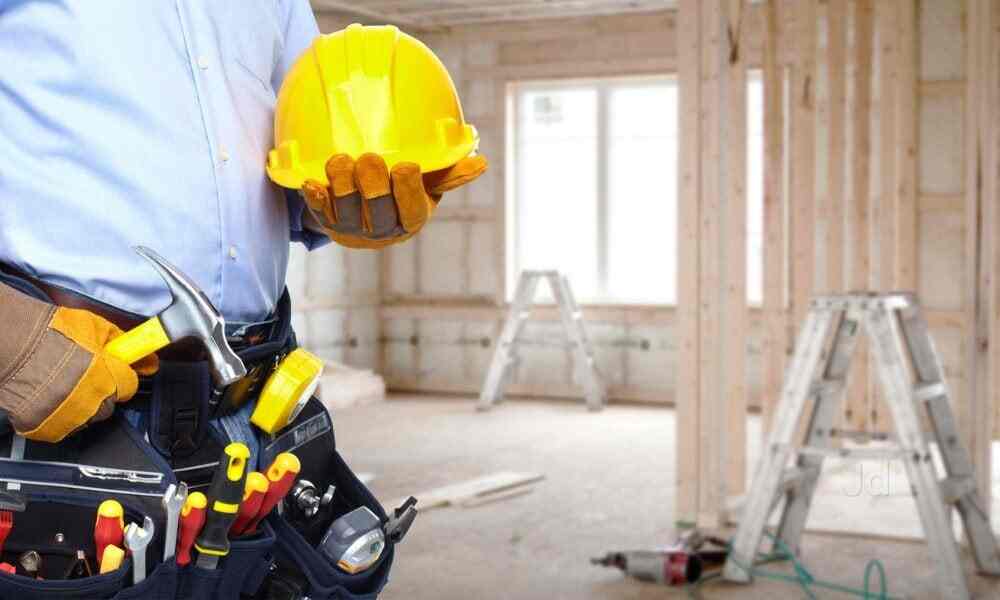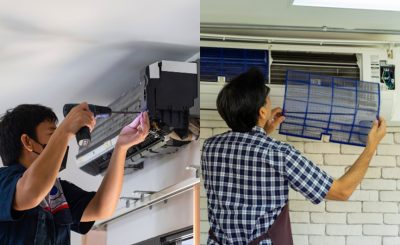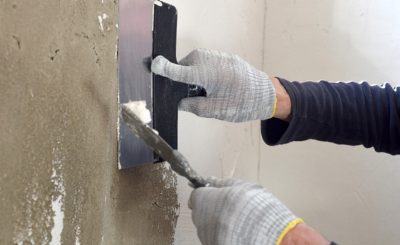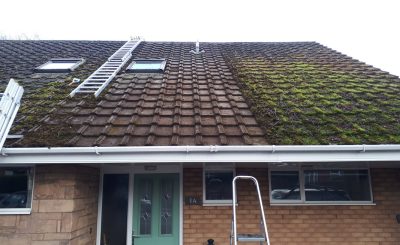Homeownership represents a substantial investment, and it requires regular maintenance and care to protect its value and extend its lifespan. Regular building inspections are a crucial aspect of home maintenance that often gets overlooked. These inspections, including general building assessments and specific pest inspections, ensure the comfort of your home.
Early problem detection
Regular building inspections detect problems early. Many issues that affect homes start small and worsen over time. By identifying these problems in their initial stages, homeowners can address them before they become major, costly repairs. For example, a small roof leak might remain unnoticed for months, causing water damage to the attic, insulation, and even the structural elements of your home. A routine inspection could catch this issue early, allowing for a simple repair rather than extensive restoration work.
Safety assurance
Your home should be a haven for you and your family. Regular inspections help ensure that all systems and structures are functioning safely. This is particularly important for electrical systems, gas lines, and structural components. An inspector identifies fire hazards, such as faulty wiring or outdated electrical panels. Aside from checking for proper ventilation, they also check for carbon monoxide poisoning in areas with gas appliances.
Maintenance planning
Building inspections provide homeowners with a comprehensive understanding of their property’s condition. This knowledge is invaluable for planning and prioritizing maintenance tasks. After an inspection, you’ll see what needs immediate attention and what needs to be addressed. This proactive approach to home maintenance helps you budget more effectively for repairs and upgrades, avoiding financial strain from unexpected and significant maintenance.
Energy efficiency improvements
As energy costs continue to rise, home efficiency becomes increasingly important. Regular inspections can identify areas where your home may lose energy, such as inadequate insulation, air leaks around windows and doors, or inefficient HVAC systems. Addressing these issues significantly reduces your utility bills and carbon footprint by reducing energy consumption.
Pest prevention and control
Pest infestations cause significant damage to a home if left unchecked. Regular pest inspections, often conducted with general building inspections, detect the presence of wood-destroying insects like termites and other pests such as rodents or carpenter ants. Early detection of pest problems can save homeowners thousands of dollars in potential damage repair costs.
Property value preservation
Regular inspections and maintenance based on the findings help preserve and increase your property’s value. A well-maintained home with a documented inspection history is typically more attractive to potential buyers if you decide to sell. If you plan to sell, having recent inspection reports will instil confidence in potential buyers and streamline the selling process. Discover More about building inspections in Sydney by visiting vitalbuildinginspection.com.au/pricing/.
Frequency of inspections
The frequency of building inspections varies depending on several factors, including:
- The age of the property
- Local climate and environmental conditions
- Previous issues or repairs
- Type of construction
As a general guideline, homeowners should consider having a comprehensive building inspection every 3-5 years. More frequent inspections may benefit older homes or areas prone to extreme weather conditions. Pest inspections, particularly in areas where termites or other wood-destroying insects are common, might be recommended annually.








